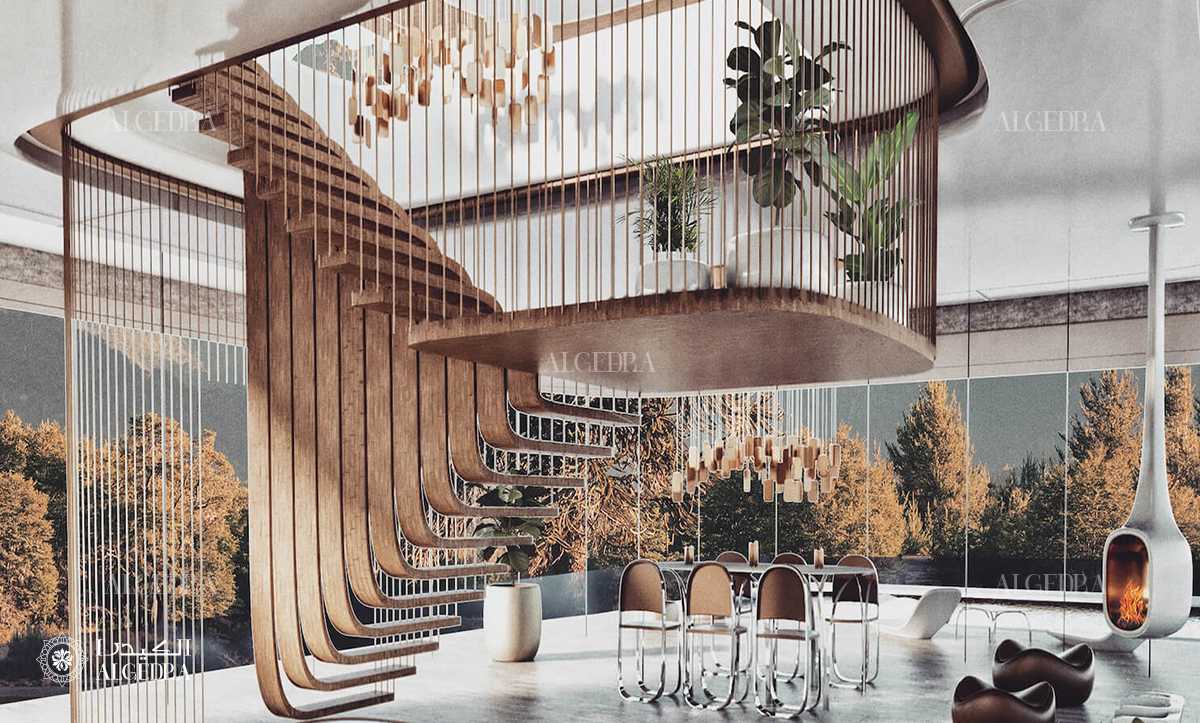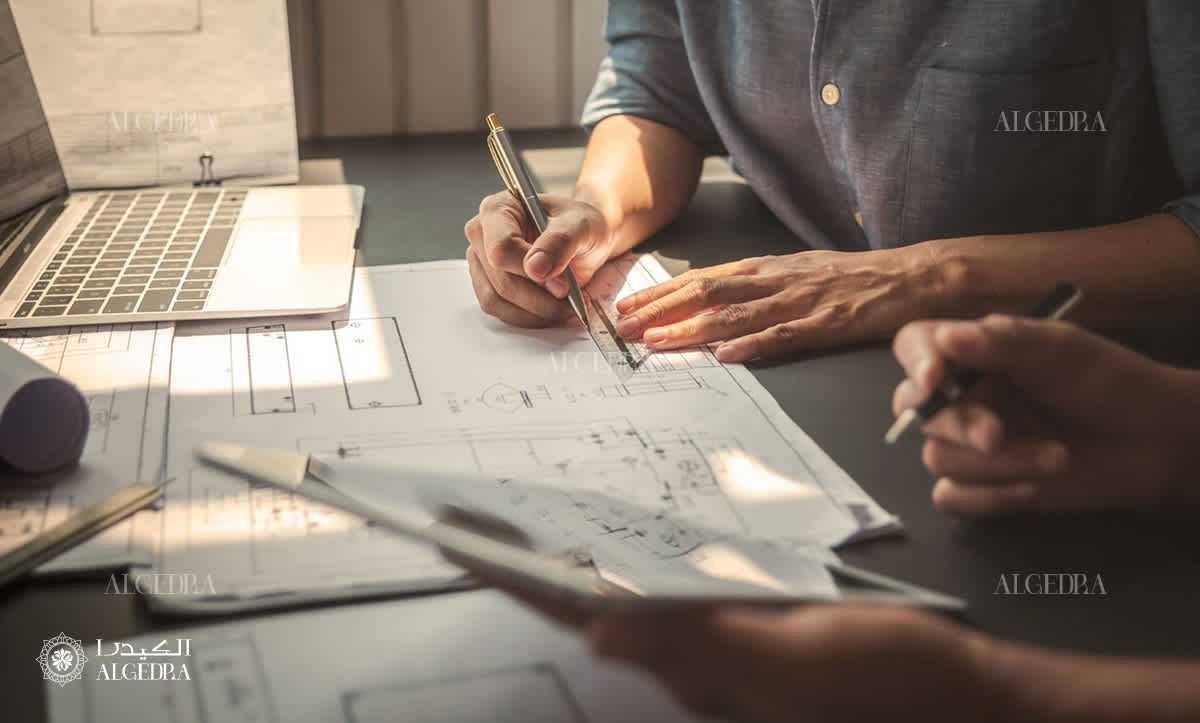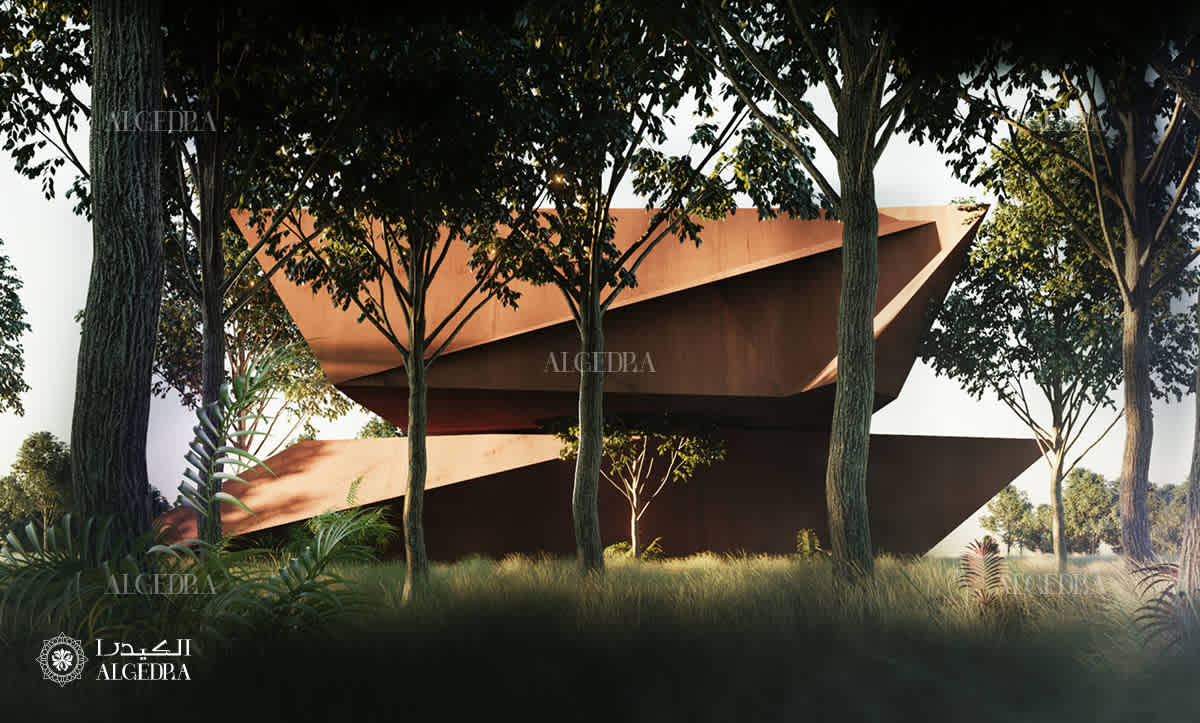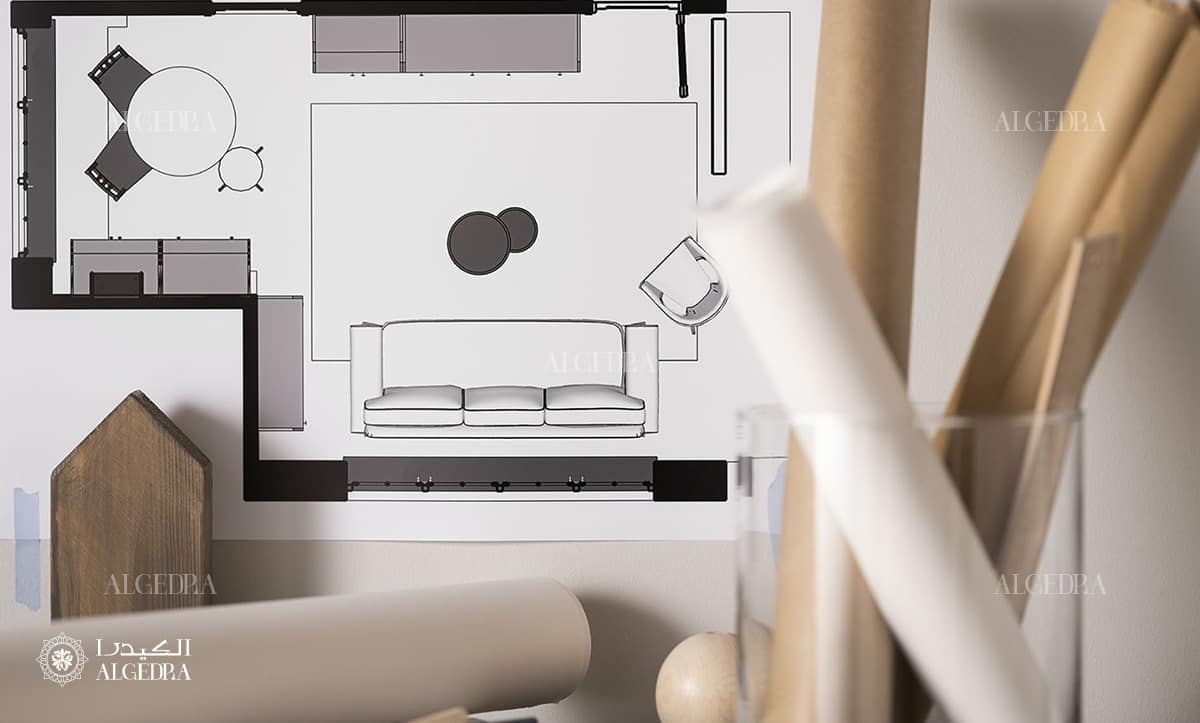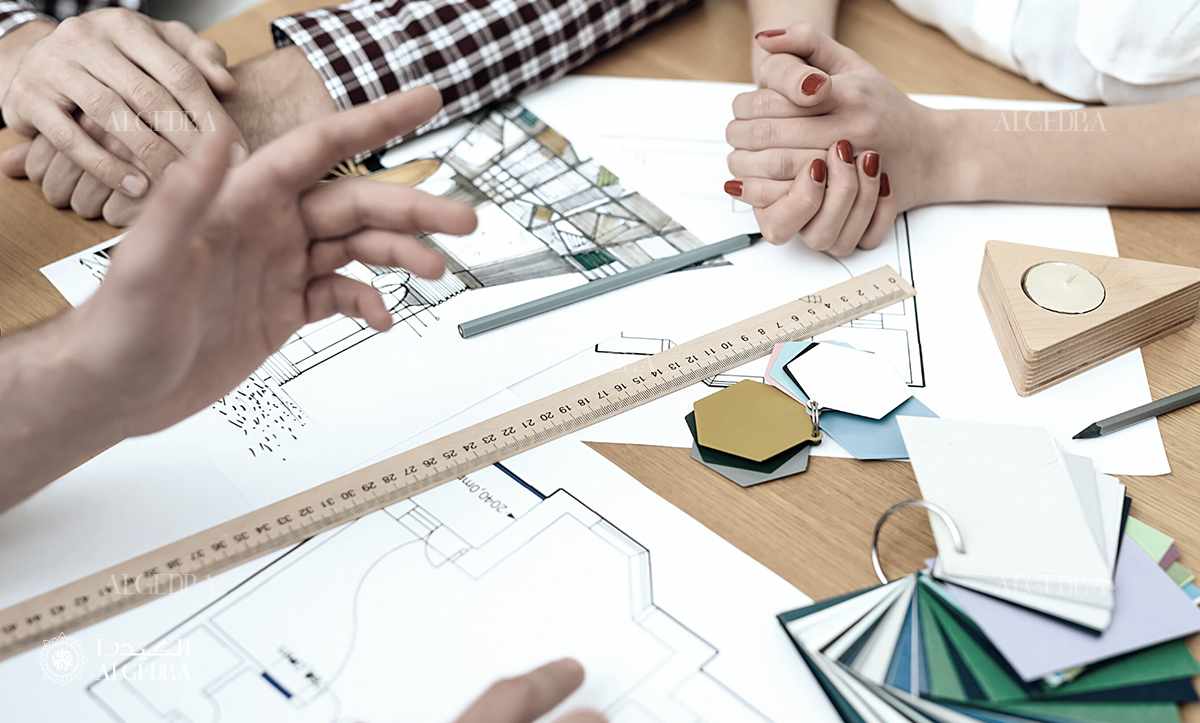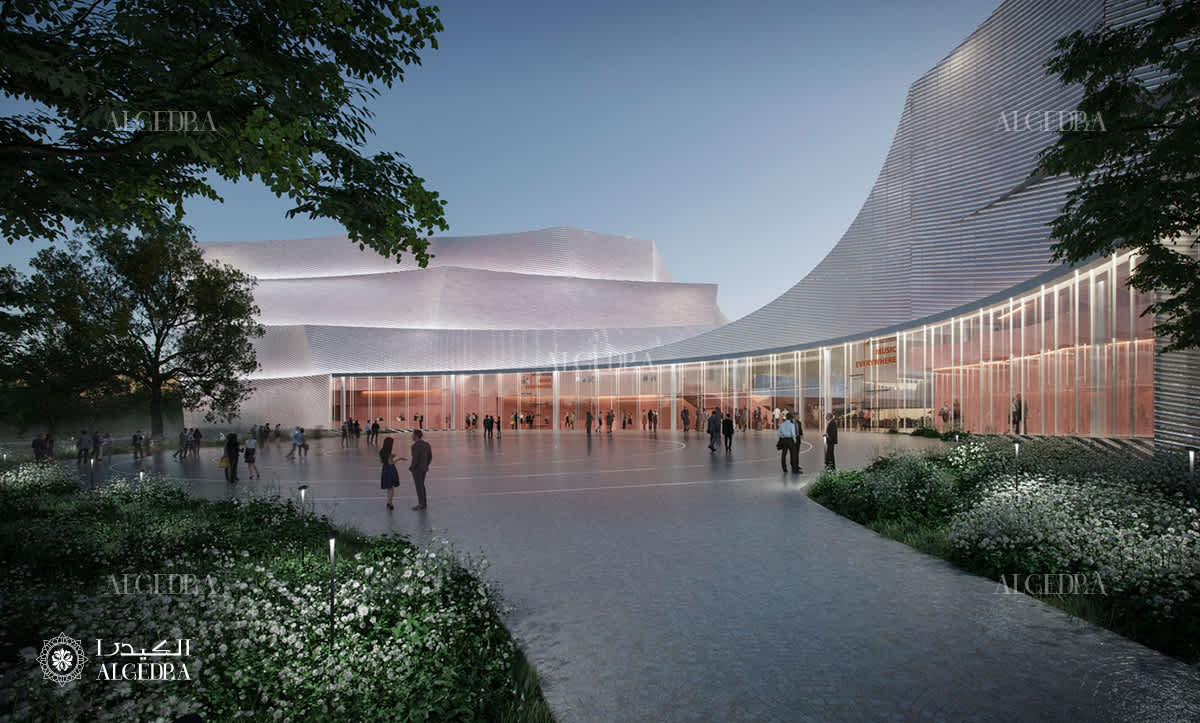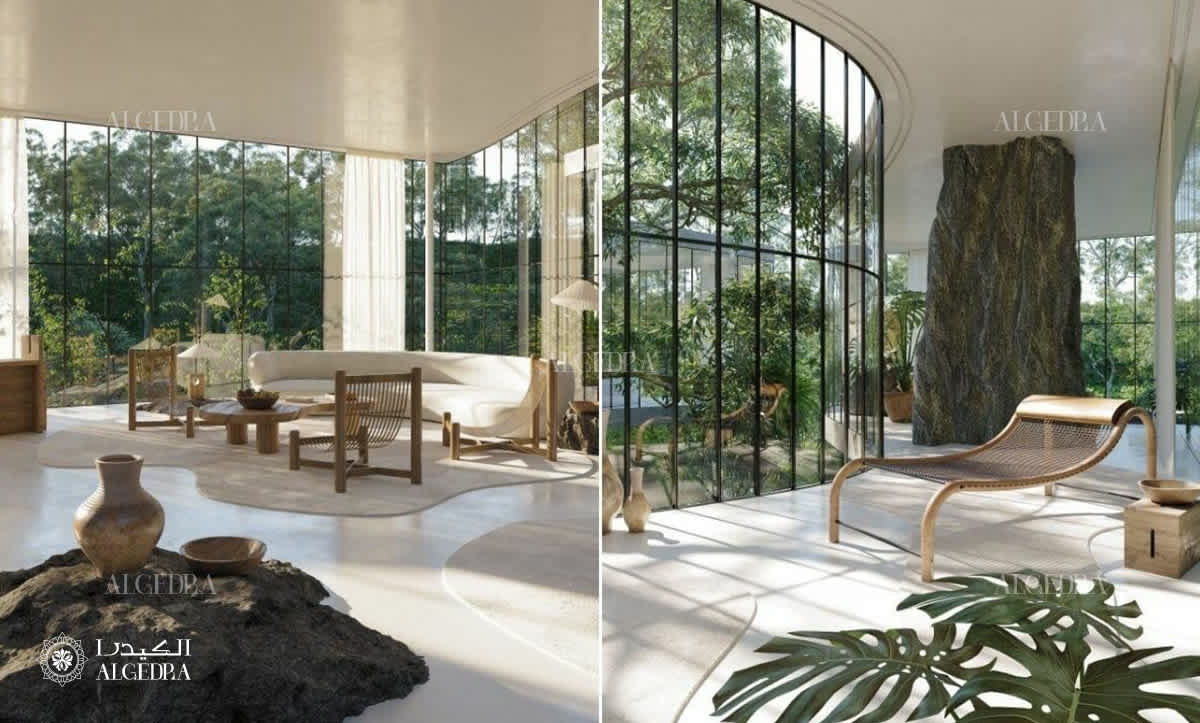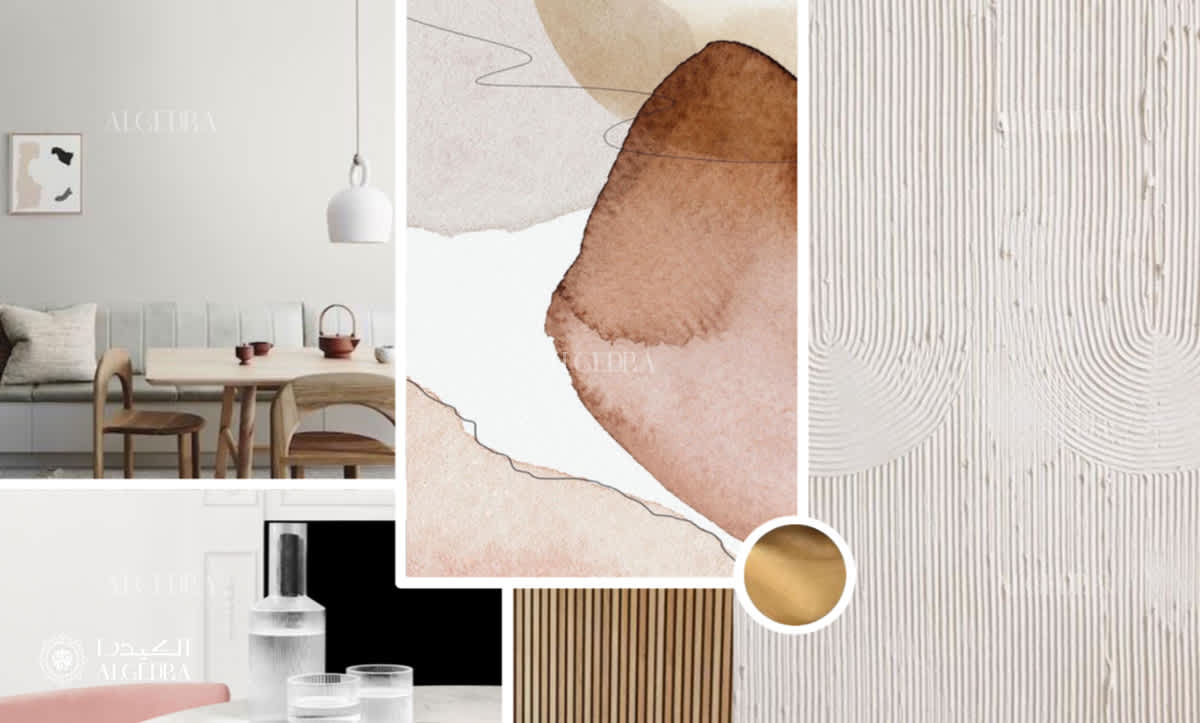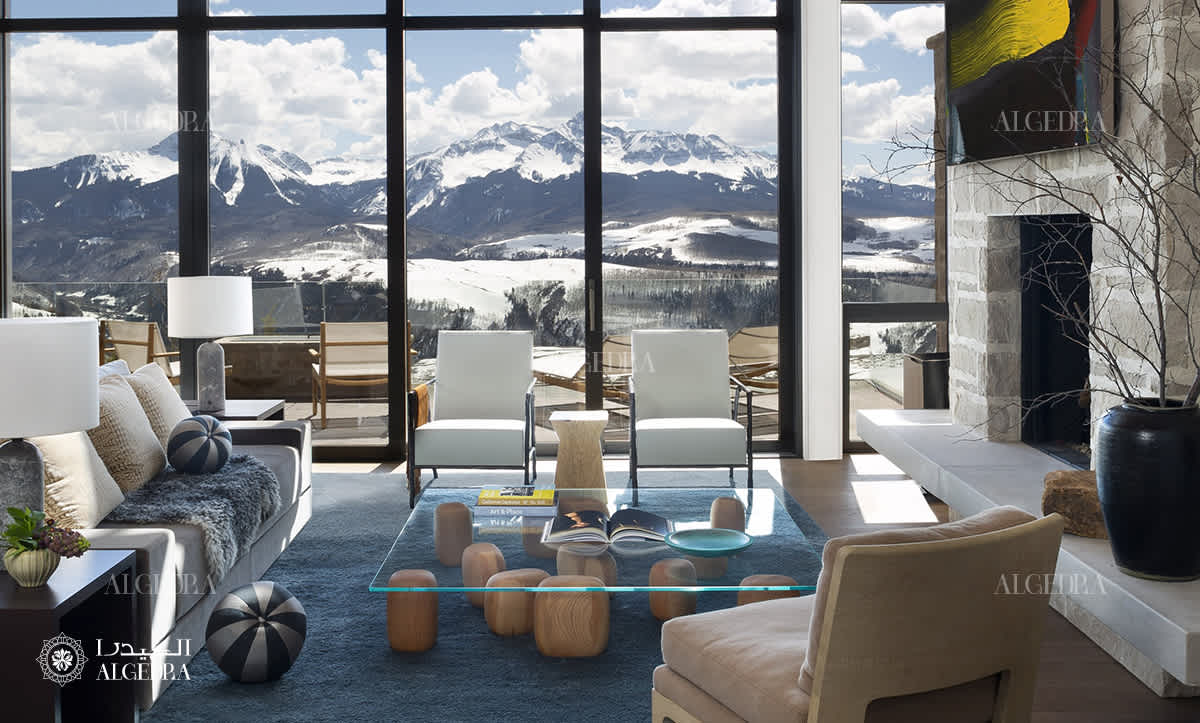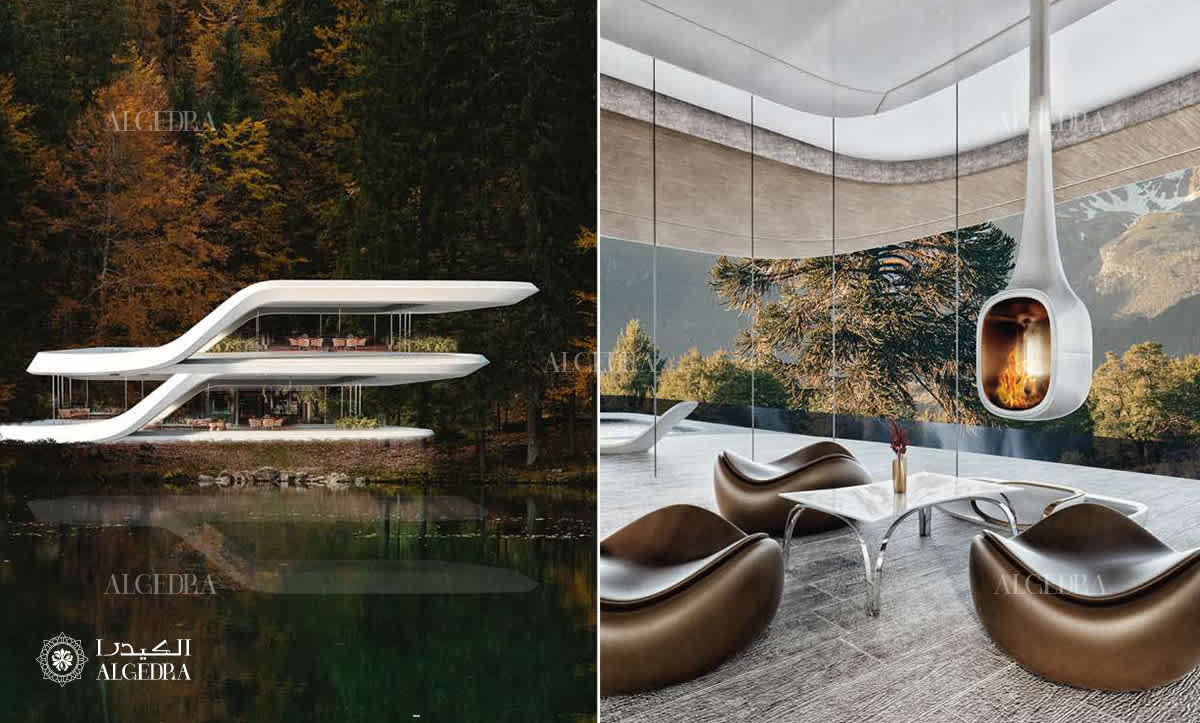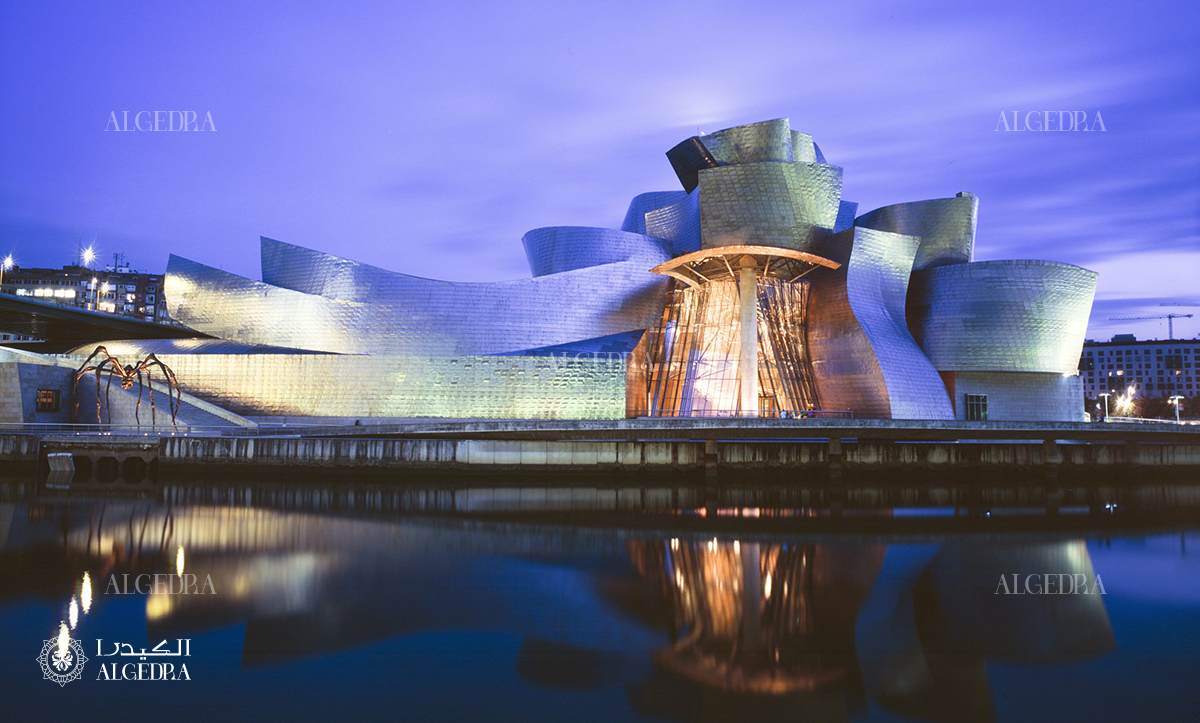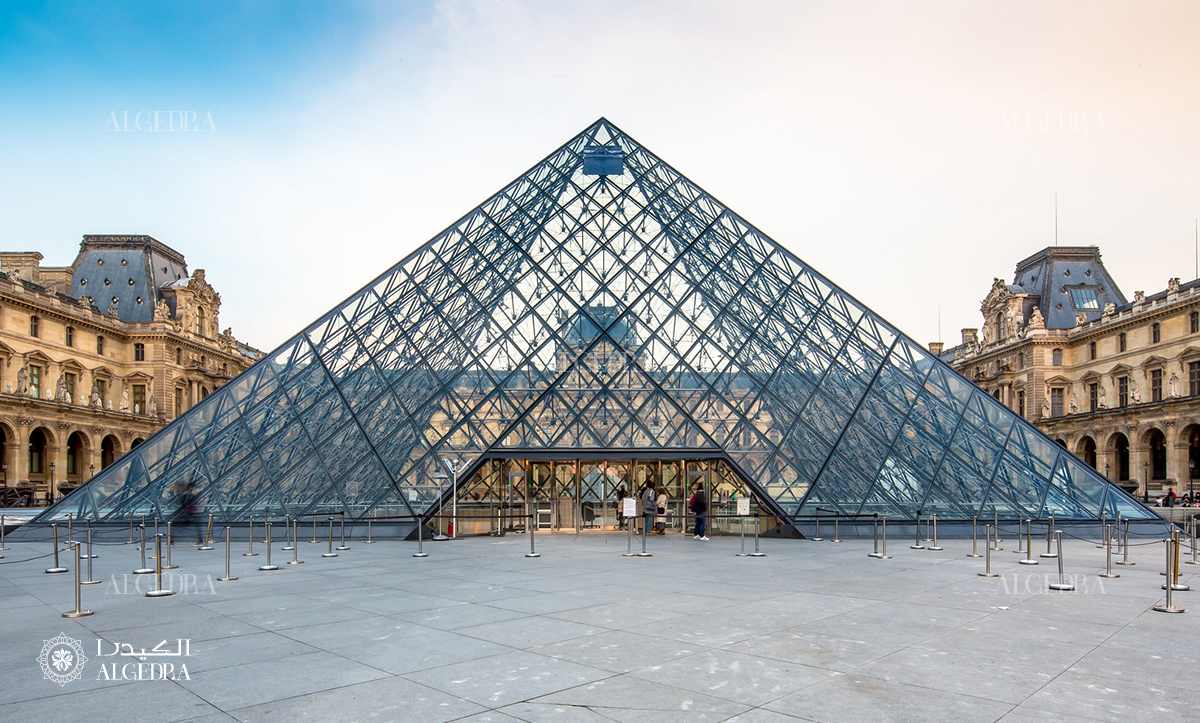Home Page | Blog | Understanding the Role of Conceptual Design in Architecture
Understanding the Role of Conceptual Design in Architecture
11/1/2023
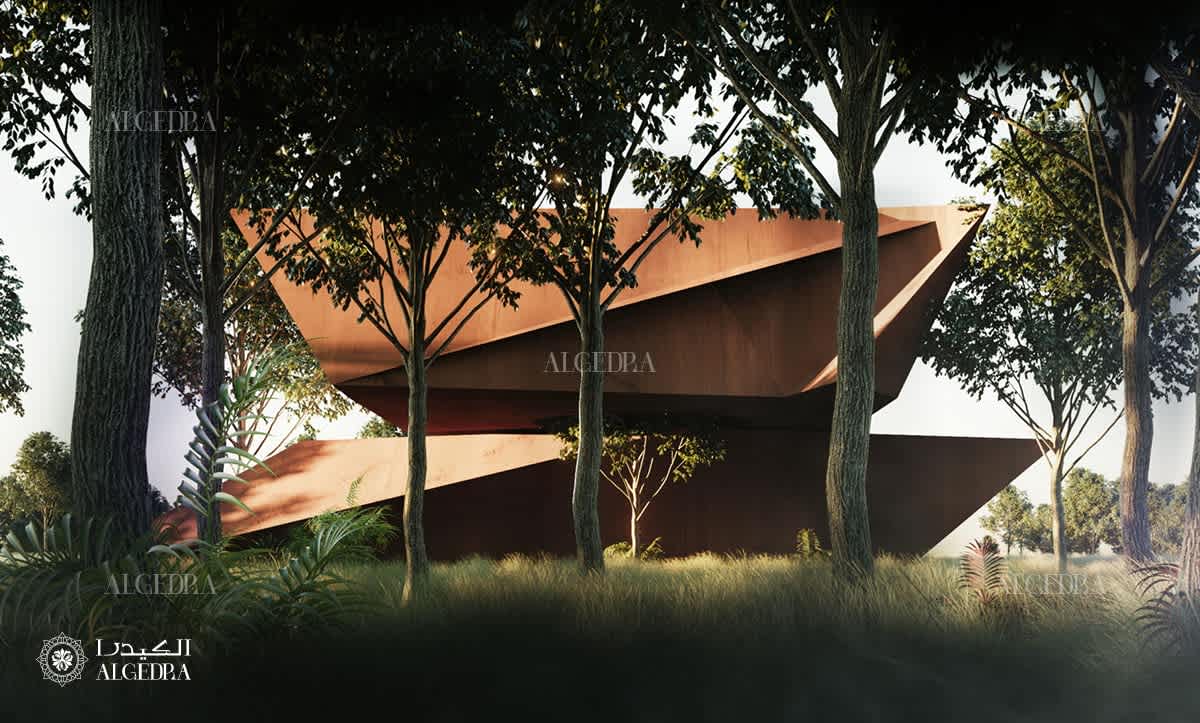
The journey of architecture and interior design involves a meticulous series of steps through an idea to a tangible structure. The conceptual design phase serves as the foundation of this journey. It's where dreams begin to take shape and visions are forged into realizable blueprints.
Let us delve deeper into the nuances and importance of conceptual design in architecture.
1. Introduction to Conceptual Design
Conceptual design, often termed the 'concept phase' or 'schematic design', is the initial stage in the architectural and interior design process. It is where broad ideas are first formulated, based on the project's requirements and objectives. This phase involves much more than just drawing. It contains understanding, envisioning, and crystallizing a client's aspirations into a feasible design.
2. The Anatomy of Conceptual Design
a. Gathering the Brief
Every architectural project starts with a vision. This vision is brought forth by clients who meet with architects to discuss their needs, desires, and constraints. This 'brief' acts as a guiding document for the entirety of the design process.
b. Research and Analysis
Armed with a brief, architects and designers dive into comprehensive research. Factors like the project’s location, climatic conditions, cultural nuances, and even sociological aspects of the intended users come into play. For instance, designing a community center in a historic district would require understanding the local heritage.
c. Ideation
Ideation is the heart of conceptual design. Here, architects use tools ranging from simple pen and paper sketches to advanced digital modeling to brainstorm and visualize their ideas.
d. Concept Refinement
Based on the initial brainstorming, ideas are discussed, evaluated, and refined. Iterations are developed to narrow down design directions.
e. Feedback Loops
Conceptual design is a collaborative effort. Feedback from clients, and often, from stakeholders like future occupants or local authorities, is integrated to shape the project direction.
f. Initial Proposals
These refined ideas are then presented as proposals to clients. These presentations can be a mix of sketches, 3D visualizations, and sometimes even physical models.
3. Significance of Conceptual Design in Architecture
a. Establishing a Strong Foundation
Conceptual design sets the path for the entire project. A well-constructed concept ensures that every subsequent phase, from detailed design to construction, proceeds smoothly.
b. Problem Identification and Solving
During the concept phase, potential challenges are identified. By flagging these early, architects can develop proactive strategies to address them.
c. Financial Planning
A rough design idea helps in estimating potential costs, enabling clients to plan their budgets better.
d. Client and Stakeholder Engagement
This phase involves intense collaboration. Engaging clients and stakeholders ensures the design remains aligned with the original vision and any emergent requirements.
4. The Symbiosis with Interior Design
While architecture often concerns the overall form and external envelope of a building, interior design is all about creating the spaces within. The conceptual design phase in interior design ensures spaces are not just visually appealing but also serve their intended function effectively.
a. Spatial Planning
Interior designers, during the conceptual phase, focus on the flow of spaces. This involves understanding how users will navigate and utilize these spaces.
b. Aesthetic Harmony
Conceptual design in interior settings ensures a seamless visual and functional transition from the exterior to the interior. It's crucial for the inside to resonate with the architectural theme.
c. Material Exploration
The feel of a space often comes down to the materials used. Interior designers start exploring material palettes that would best complement the design concept.
d. Lighting and Ambience
Light plays a pivotal role in interiors. During the conceptual phase, designers visualize how natural and artificial lighting will impact spaces.
5. From Concepts to Concrete Plans
Post conceptual design, the journey shifts from abstract to specific. Architects and designers transition into the detailed design or development phase.
a. Detailed Blueprints
Concepts evolve into comprehensive plans with exact dimensions, specifications, and construction techniques.
b. Material Finalization
Choices made during conceptualization are solidified. This involves finalizing finishes, fixtures, and every tiny detail that goes into the building.
c. Regulatory Approvals
Concepts, once detailed, undergo scrutiny as per local building codes and regulations. Adjustments are made to ensure compliance.
d. Transition to Construction
With detailed plans in hand, the construction phase commences. The conceptual design, now matured into tangible plans, starts manifesting on the ground.
6. Examples - The Power of Conceptual Design
1. The Bilbao Effect
The Guggenheim Museum in Bilbao, designed by Frank Gehry, is an example of groundbreaking conceptual design. Its unique form, inspired by fish scales and shipbuilding, transformed Bilbao from an industrial town to a global cultural hub.
2. The Louvre Pyramid
I. M. Pei's glass pyramid at the Louvre Museum courtyard in Paris was initially met with skepticism. However, its conceptual brilliance, blending modernity with history, soon made it an iconic landmark.
Conclusion
As the architectural landscape continues to evolve, the role of conceptual design remains steadfast, underpinning the marvels that define skylines and interiors globally. For those in the industry or those simply enamored by the world of design, understanding this phase offers a window into the genesis of architectural wonders.
FREE
CONSUL
TATION
FREE CONSULTATION
TELL US ABOUT YOUR PROJECT
WE WOULD LOVE TO HEAR FROM YOU
Feel free to reach us via this contact form and one of our Design Consultants will get back to you at earliest.
OUR BRANCHES
UAE - DUBAI
+971 52 8111106 | hello@algedra.ae
TURKEY - ISTANBUL
+90 533 701 89 71 | info@algedra.com.tr
Leading Interior Design and Decor Company in Dubai and Abu Dhabi.
Algedra is a reputable, internationally recognized, and one of the most successful interior design companies in Dubai, and Abu Dhabi, which specializes in delivering interior design, architectural, and creative space planning projects throughout GCC, MENA, North Africa, Turkey and Russia.
Algedra is a one-stop solution for all your residential interior design and fit-out needs. We have successfully completed numerous villa interior and exterior design projects, where we integrated quality and originality to deliver interior masterpieces.
ALGEDRA, Interior Design Company in Dubai, is specialized in providing elegant and stunning interior design services for both residential and commercial projects. We turn our clients' dreams into reality, trans- lating their tastes and needs into beautiful and functional spaces.
Since the day we were founded, we have designed and built many branded residences, resorts, hotels, multi-purpose social spaces, and palace designs with different functions and concepts by following the ever-changing design trends over the world.
A key element of our work is a fusion of different cultures and designs, combining Greek, Italian, Eastern and Western influences with British innovation.
As a team of highly qualified interior designers and engineers, Algedra offers complete architectural services from mall design to corporate office design as well as the exterior design of any project based on customers' needs.
Our customers include leading names, we have completed diverse projects in hospitality, landscape, commercial, and residential designs. These projects contain cafes, restaurants, gym, villas, family sitting rooms, bedrooms, kitchens; all showcasing our company's exquisite details and high-end designs.
Residential Interior Design in Dubai
Algedra's interior designers and architects have an important mission: building villas, houses, apartments, condos, and anywhere else where you reside that will fulfill your needs while being structurally safe and sound.
Architectural Designs
There are so many details that go into designing an architectural design project. Every step of the project has been carefully considered for safety and daily comfort by Algedra's experts.
Commercial Design
Conceptualizing spaces for business, to elevate style, and to increase functionality to help enhance the bottom line of a company is vital, as well as employee comfort and interior design too. Our commercial interior designers translate client's concept in ways that are efficient, attractive and provide professional workspaces.
Fit-out Projects
Algedra Interiors delivering high-quality tailored fit-out projects that transform your villas, palaces and commercial spaces.
We're a passionate team of interior designers, architects and engineers. Every day we help clients to solve interior design problems and create engaging spaces!
Wherever you are in Kuwait, Saudi Arabia, Azerbaijan, Qatar, Morocco, Algeria, Tunisia, Libya, Egypt; don't hesitate, contact us to find out more about why we are one of the best interior design companies in Dubai and Abu Dhabi!
